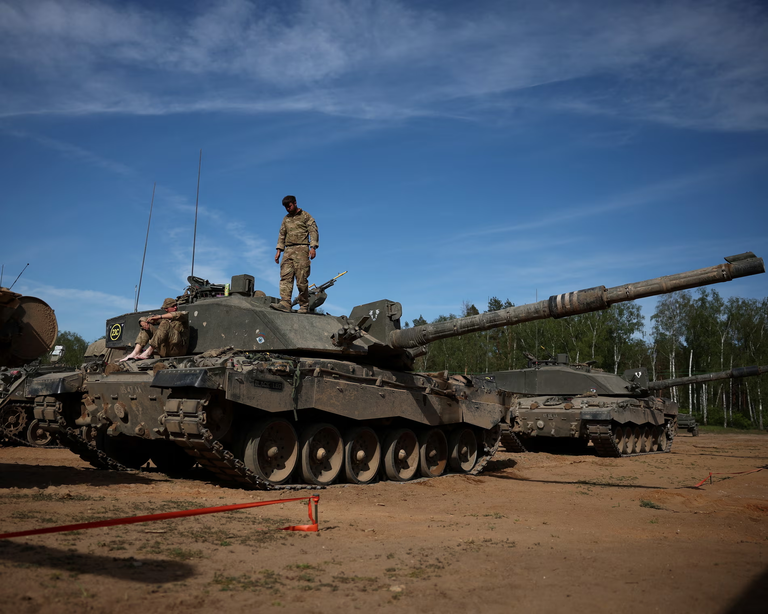
The UK government has unveiled a substantial investment in its defence infrastructure, committing £1.5 billion toward the construction of six new facilities for producing munitions and explosives. This move is part of a broader strategy to enhance national security and ensure long-term readiness in the face of growing global threats, particularly from Russia.
Defence Secretary John Healey emphasized that this investment supports a vision for a constantly active munitions supply chain, capable of being ramped up swiftly when necessary. The initiative comes under the new Strategic Defence Review, which outlines how the UK intends to strengthen its military capabilities in response to lessons learned from the ongoing conflict in Ukraine.
According to the Ministry of Defence (MoD), the newly announced factories will play a crucial role in supporting the production of around 7,000 long-range weapons, including advanced drones and cruise missiles. This increased output will also contribute to job creation, with an estimated 1,800 skilled positions to be generated across the country.
In total, spending on UK-manufactured munitions during this parliamentary term is expected to reach £6 billion. Healey described this push as not only essential for defence but also as a strategic economic move, declaring that the defence industry would evolve into a major driver of economic growth. He noted that reinforcing the industrial base is vital to ensure the military can respond effectively in times of crisis.
The new review, compiled with input from former senior defence officials, presents a comprehensive assessment of Britain’s security posture. It identifies Russia as an immediate and ongoing threat and stresses the need for stronger supply lines and production capabilities. The UK, like other Western nations, has faced criticism for allowing its stockpiles of artillery and missiles to diminish in recent years—a vulnerability exposed by the scale and intensity of modern warfare in Eastern Europe.

Military leaders have long warned of the UK’s limited capacity to sustain prolonged combat operations. For example, in a previous simulated exercise, it was found that the British Army could deplete much of its ammunition within just over a week. General Sir Patrick Sanders, a former Army chief, recently described the country’s artillery shortages as alarming.
To remedy this, the government is pushing for a production model that remains active even during peacetime. The “always-on” approach is aimed at avoiding the supply bottlenecks experienced during recent support efforts to Ukraine, where demand for explosives and specialized weapons such as NLAW anti-tank systems and Storm Shadow missiles significantly outpaced domestic manufacturing capacity.
Beyond weaponry, the review also addresses the state of military housing. An additional £1.5 billion will be allocated to improve living conditions for service members, including essential maintenance like boiler repairs, fixing roofs, and tackling issues such as damp. Healey acknowledged that military families have had to endure subpar housing for too long, promising urgent reforms.
Chancellor Rachel Reeves echoed the sentiment that economic resilience and national defence are interconnected. She stated that investing in defence not only strengthens the UK's security position but also brings tangible benefits to workers across the country through job creation and local investment.
Though no immediate increases in defence spending were announced, the government reaffirmed its commitment to raise the defence budget to 2.5% of GDP by 2027 and 3% in the following parliament. This reinforces the administration’s long-term objective to reverse decades of decline in military readiness.
Ultimately, this renewed focus on defence aims to ensure that the UK is prepared for a rapidly evolving global landscape—both by reinforcing its military capabilities and by building an industrial foundation capable of supporting them.